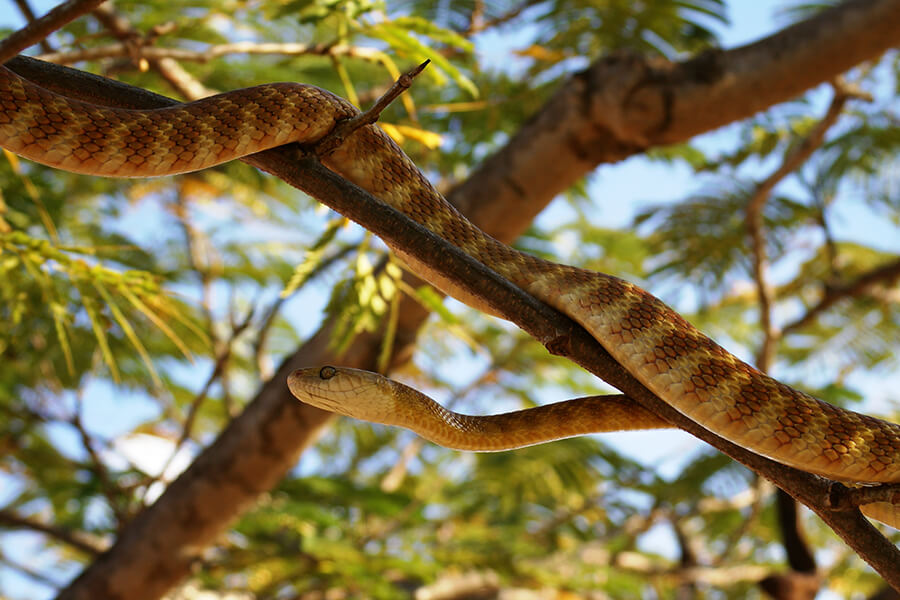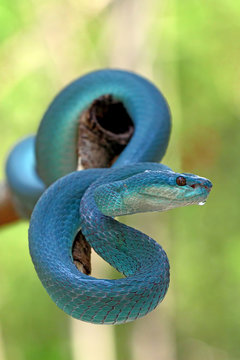Introduction
The Tasmanian tiger serpent, medically known as Notechis scutatus, is just one of Australia's a lot of fascinating reptiles. Found mainly in Tasmania and its surrounding islands, this serpent has actually amassed focus not only for its striking appearance yet additionally for its complicated actions and crucial function in the ecological community. This article will certainly discover the numerous aspects of the Tasmanian tiger snake's environment, habits, anatomy, and interactions with humans while offering crucial info concerning precaution in case of a snake bite.
Whether you're a researcher, a wildlife fanatic, or just someone interested about these interesting creatures, this thorough guide assures to provide understandings that are both interesting and engaging. So let's embark on this journey to comprehend the Tasmanian tiger serpent better!
The Tasmanian Tiger Serpent: An Overview
Physical Features of the Tasmanian Tiger Snake
Tiger snakes are defined by their distinctive pigmentation and patterns. They normally show a mix of yellow or lotion stripes on a dark brown or black history-- hence the name "tiger." Grown-up tiger serpents can mature to about 2.1 meters long, although many people balance around 1.5 meters.
Key Features:
- Coloration: Differs from dark brown to olive eco-friendly with lighter bands. Size: Grownups generally range from 1.2 to 2.1 meters. Head Forming: Clearly broad with noticeable eyes.
Distribution and Habitat of the Tasmanian Tiger Snake
The Tasmanian tiger serpent predominantly lives in coastal regions, wetlands, marshes, and grasslands in Tasmania. It grows in settings where it can easily accessibility water sources given that it is frequently discovered near streams or lakes.
Habitat Preferences:
- Wetlands: Suitable for hunting target like frogs and little mammals. Coastal Locations: Deals plentiful food resources. Grasslands: Offers cover and basking spots.
Understanding Tiger Serpent Behavior
Feeding Practices of the Tasmanian Tiger Snake
Tiger snakes are meat-eating and opportunistic feeders. Their diet consists mostly of frogs, fish, little creatures, and birds. They rely on their eager sight and swift movements for hunting.
Dietary Failure:
- Frogs: A main component because of wealth in wetland habitats. Fish: Frequently captured when swimming in superficial waters. Small Creatures: Periodically exploit rodents.
Breeding Behavior of the Tasmanian Tiger Snake
Tiger serpents have an interesting reproductive cycle. Mating generally takes place in spring after arising from hibernation. Female tiger serpents bring to life live young as opposed to laying eggs, which is rather special among reptiles.
Reproductive Cycle:

- Mating Period: Springtime (September to November). Gestation Duration: About three months. Litter Dimension: Arrays from 20 to 40 child tiger snakes.
Aggression and Defense reaction of the Tasmanian Tiger Snake
Though they can be aggressive when threatened, tiger serpents often prefer to retreat instead of challenge risk directly. Their main defense reaction include biting when cornered or presenting their dimension via hissing.
Defensive Techniques:
- Hissing Sound: A caution signal showing distress. Bite Action: A last option when retreat alternatives are limited.
Are Tiger Snakes Venomous? Recognizing Their Venom
Venom Composition and Effects
Yes! The Tasmanian tiger serpent is venomous. Its poison consists of neurotoxins that can trigger major damage and even fatality if left unattended. The impacts of a bite can consist of What are the most venomous snakes in Australia paralysis, swelling at the bite site, nausea or vomiting, and other systemic symptoms.
Venom Qualities:
- Neurotoxic Parts: Impact nerve system functioning. Hemotoxic Effects: Can lead to cells damage.
Common Symptoms Adhering to a Tiger Serpent Bite
Recognizing symptoms immediately is critical for effective first aid monitoring after a serpent bite:
- Severe pain at bite site Swelling Nausea or vomiting Difficulty breathing
First Help for Serpent Bites: What You Need to Know
Immediate Tips After a Tiger Serpent Bite
In situation you experience a scenario entailing a tiger snake bite, it's crucial https://jsbin.com/habomemodo to act rapidly:
Call emergency situation solutions immediately. Keep the impacted limb paralyzed in mind level. Remove limited clothing or precious jewelry around the bite site.Creating Your Snake Bite Emergency Treatment Kit
Having an adequately equipped first aid set can make all the distinction during emergencies:|Product|Function|| ------|---------|| Compression bandage|To paralyze arm or leg|| Splint|To stabilize damaged location|| Disinfectant wipes|For cleansing injuries|
FAQs Regarding the Tasmanian Tiger Snake
What do child tiger snakes eat?
Baby tiger serpents largely prey on little bugs and amphibians until they expand big sufficient to quest larger target like frogs or little fish.
How dangerous is a tiger snake bite?
A tiger serpent bite can be extremely harmful due to its powerful poison; instant clinical interest is essential for survival.
Where are eastern tiger snakes found?
Eastern tiger snakes live in coastal regions throughout southeastern Australia yet are less common than their Tasmanian counterparts.
What must I do if I see a tiger snake?
Maintain your range; do not try to handle it unless you're trained to do so-- most attacks happen throughout efforts at capture or mishandling.
Can I make it through without antivenom after being bitten?
While some individuals might survive without antivenom relying on different variables such as wellness problems and time considered therapy; looking for immediate clinical help is always recommended as it substantially increases survival chances.
Are there any type of details precaution I need to take while treking in Tasmania?
Always wear strong boots, stay on significant routes, avoid tall lawn where visibility may be limited; familiarize yourself with local wildlife before going out right into nature!
Conclusion
The Tajamanian tiger snake represents an essential part of Australia's rich biodiversity landscape both environmentally as predators and culturally as symbols within Australian mythology. Recognizing their environment preferences in addition to behavior offers understanding right into how we can coexist securely while valuing wild animals borders-- bearing in mind that awareness leads us in the direction of more secure experiences outdoors!
By staying educated regarding prospective dangers such as envenomation from bites while additionally taking preventive measures makes certain favorable experiences Best first aid practices for Australian snakebites when running into these remarkable creatures!
In verdict, whether you're interested by their striking appearance or astounded by their complex behaviors-- the Tasmanian tiger serpent undoubtedly is worthy of acknowledgment beyond plain attraction-- it encapsulates nature's elegance linked delicately within our ecosystems!

